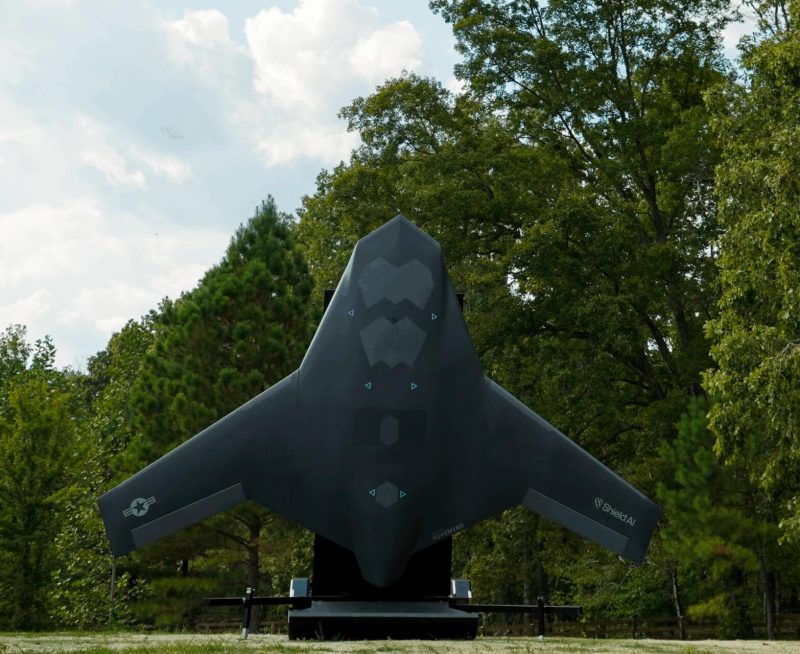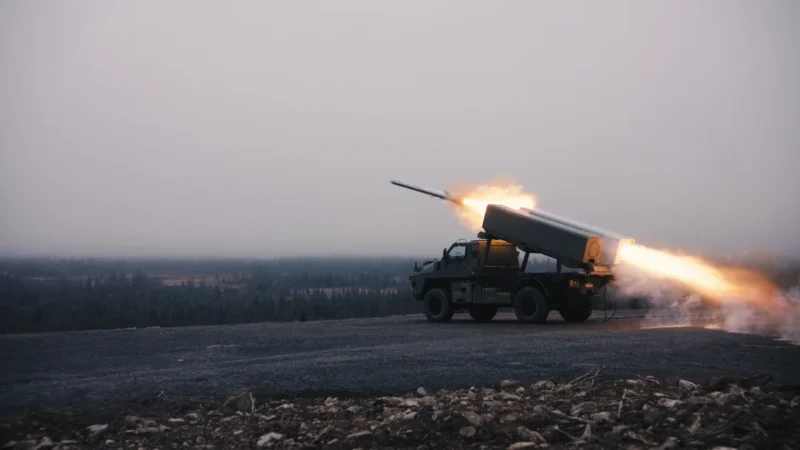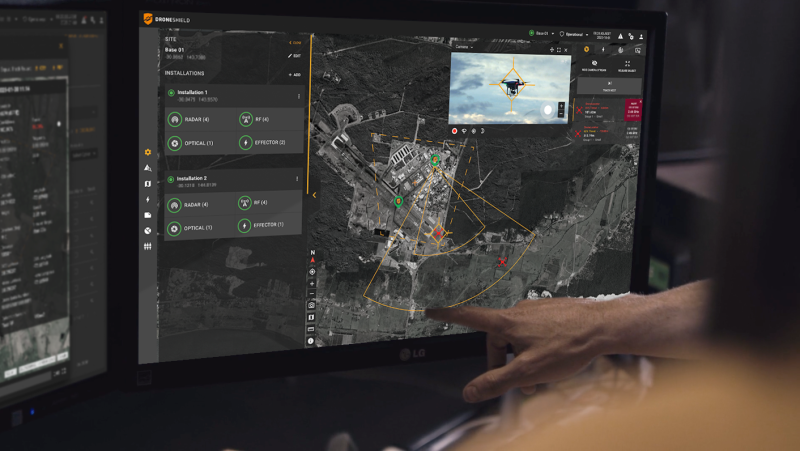Norwegian company Kongsberg Defence and Aerospace and Thales Australia have successfully fired a Naval Strike…

Shield AI unveils X-BAT AI-piloted VTOL fighter
Shield AI has unveiled its new X-BAT, an autonomous, AI-piloted, Vertical Take Off and Landing (VTOL) fighter jet designed for expeditionary and maritime operations in contested environments. It uses a compact launcher to take off and recover vertically but still has a 2,000nm operational range, the company claims.
X-BAT has a 50,000ft ceiling, 39ft (11.9m) wingspan, a greater than 4g manoeuvre limitation and requires 40ft x 14 ft x 6ft (12.2m x 4.3m x 1.83m) of deck space, though it can be stored with wings folded in a smaller space.
At the core of X-BAT is Shield AI’s Hivemind AI-enabled autonomy software designed to fly platforms in communications-denied, degraded, and limited environments, the company says. Hivemind enables X-BAT to autonomously penetrate contested battlespace, dynamically team with manned aircraft, and execute collaborative tactics without constant communications. This autonomy allows X-BAT to function as a drone wingman or as a standalone asset.
Hivemind had flown successfully on six aircraft by mid-2024 — three classes of quadcopters, the MQ-35A V-BAT, the Kratos Tactical Firejet and the F-16 fighter, in fully autonomous air combat training.
“Airpower without runways is the holy grail of deterrence,” said Brandon Tseng, Shield AI’s co-founder and president. “It gives our forces persistence, reach, and survivability, and it buys diplomacy another day.”
“X-BAT represents the next part of that plan, expanding US and allied warfighting capacity through a transformative, runway-independent aircraft,” he added
“X-BAT is a revolution in airpower because it combines four things – VTOL, range, multirole capability, and autonomy,” said Armor Harris, senior vice president of aircraft at Shield AI. “VTOL plus range solves survivability on the ground and dependency on tankers. Multirole provides critical flexibility as the threat evolves, because no plan survives first contact with the enemy. X-BAT’s ability to autonomously operate standalone or collaboratively allows it to project power when other assets aren’t around and simplifies kill chains.”
Together, these attributes translate into a combat aircraft purpose-built for distributed, high-end conflict, the company says. X-BAT’s design combines survivability, flexibility, and affordability in a way that provides unparalleled cost per effect to the joint force. It It employs Hivemind autonomy to operate in denied, degraded, and communications-limited conditions, collaborating as a digital wingman, and has open architecture: Hivemind’s platform-agnostic design integrates with current and future Air Force and Navy concepts, enabling scalable, distributed combat mass.
The X-BAT is the only platform in its class to combine VTOL with a range of more than 2,000nm with full mission payload, enabling theatre-scale operations from ships, islands, and austere sites, Shield AI says.
It is capable of strike, counter air, electronic warfare, Intelligence, Surveillance, and Reconnaissance (ISR) missions and has a compact footprint: up to three X–BATs fit in the deck space of one legacy fighter or helicopter, multiplying sortie generation and tempo. It is survivable by design, the company says; it uses autonomy, adaptive tactics, and signature management to achieve mission success in contested environments.
The X-BAT is designed around a proven (but unspecified) fighter-class powertrain to ensure reliability, maintainability and logistics maturity. And it is designed to deliver fighter-class performance at an order-of-magnitude lower acquisition and lifecycle cost than fifth-generation jets, says Shield AI.



